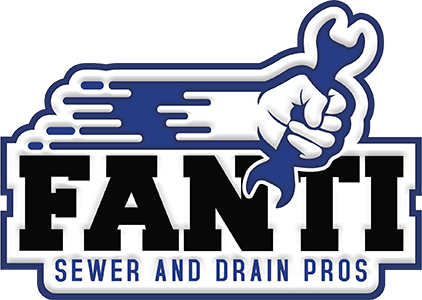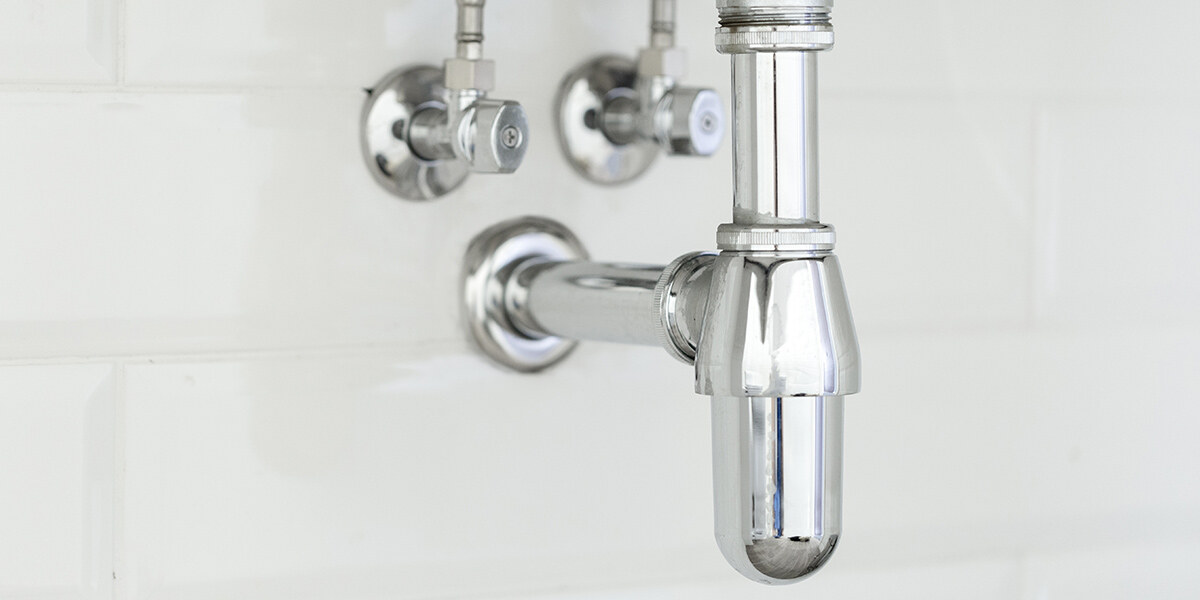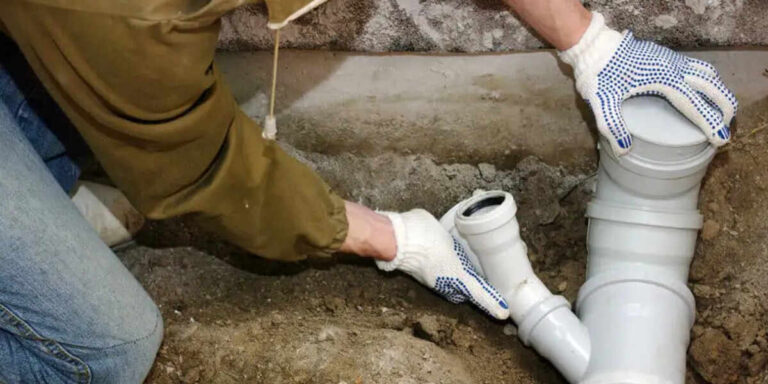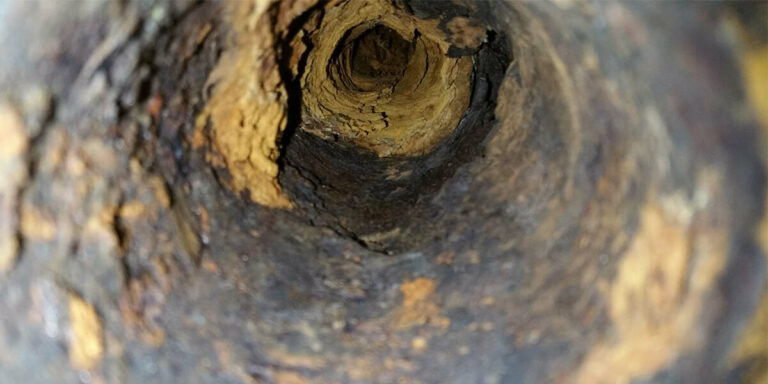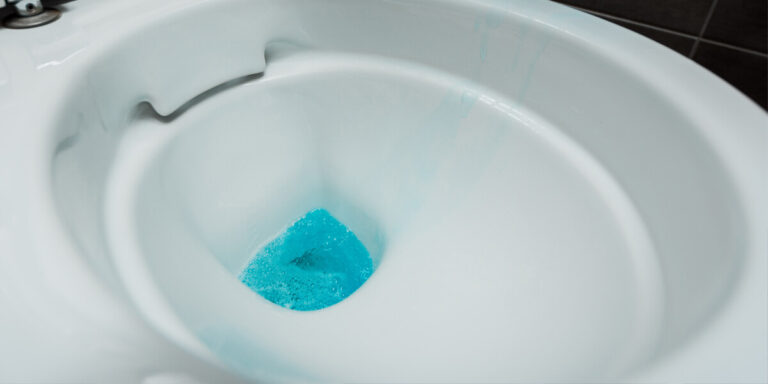What Does a P-Trap Do in a Plumbing System?
Look under your sink, and you’ll find a curved pipe section near the bottom where the piping meets the wall. That small bent area is the sink’s P-trap. What does a P-trap do for your plumbing system?
Fanti Sewer & Drain Pros’ expert plumber in Cerritos, CA, shares more here about this common yet mysterious plumbing piece shaped like a P lying on its side.
What Is a P-Trap?
A P-trap is a curved section of piping. Typically, you find it near the bottom of a fixture’s plumbing connections. It’s part of the fixture’s drain system alongside the plumbing vent that leads to the outer vent stack.
Your fixture’s P-trap might consist of steel or PVC materials, depending on your plumbing system’s age and purpose.
What Does a P-Trap Do?
With its unusual shape, the P-trap plays an essential role in anti-clog protection down the pipes and backed-up sewer gas prevention the other way.
It keeps blockages from forming because of its distinct, curved shape that retains solid matter to keep it from traveling through the drain line. That way, the solids have more time to break down before they enter your larger plumbing network and won’t get stuck.
Another critical role of this component is that your P-trap collects water and forms a water seal to keep sewer gasses from traveling out of your drains and into your home or workplace. Those nasty odors in unclean bathrooms are what sewer gas smells like. You’d crinkle your nose in disgust each time you used the bathroom without the trusty P-trap.
Dry P-Traps Cause Big Problems
Like any other plumbing component, P-traps have their problems. What does a P-trap do when it malfunctions? Smells and clogs are only part of the story.
We briefly discussed the water seal earlier. That seal can sometimes dry out if you don’t use that fixture regularly enough. If it does, foul gasses will have free reign, traveling up from the drainage system and directly into the bathroom, kitchen, or laundry area the P-trap has been protecting.
Off-putting smells aren’t the only consequence of a dry P-trap. You can imagine how quickly clogs can form if solids then make their way down the drain. Water in the P-trap keeps them moist, which helps them break them quicker, but dry solids don’t have that same help.
What does a P-trap do if you let it dry up? You might have blocked water flow, stinky rooms, and filth waiting.
Protect Your P-Trap With Professional Plumbing Services
Are you scratching your head, worrying about the guest bathroom on the other side of your home that never gets used? Is the P-trap now dry and creating a plumbing concern for you? Don’t worry; all it takes is occasionally flushing that drain with water.
Run the sink, tub, and shower faucets and flush the toilet every week or so for a fresh water supply in the P-trap. If that’s not something you’re going to manage on your to-do list, why not contact a local plumber about installing a trap primer, which enables the P-trap to retain water? They can be particularly useful in California since the arid local climate evaporates water faster.
Of course, scheduling annual plumbing inspections also helps keep P-traps full and functional for your peace of mind (and no bad smells!).
Let Fanti Sewer & Drain Pros Maintain That P-Trap
What does a P-trap do to protect your household? It keeps foul smells at bay and prevents stubborn clogs down the line.
Contact Fanti Sewer & Drain Pros at (949) 749-2587 for P-trap installation and other plumbing services. Our crew knows what causes a toilet to overflow or smell and can fix your plumbing woes in a jiffy.
